Avez-vous entendu parler du fameux taux d'échec illustré par la courbe en baignoire ? Elle met en évidence les phases clés de la vie d'un produit. cycle de vie. La courbe de défaillance de la durée de vie d'un produit est cruciale pour la modélisation de la fiabilité. Elle montre comment les produits tombent en panne au fil du temps en passant par trois étapes principales. Ces étapes sont la mortalité infantile, la durée de vie normale et l'usure. Cette courbe n'est pas seulement une théorie. C'est un outil pratique qui permet aux industries de réduire les risques et de prolonger la durée de vie de leurs produits.
La phase de "mortalité infantile" commence par un taux d'échec élevé. Ce taux est dû à des problèmes tels que des défauts de fabrication ou des conceptions défectueuses. Vient ensuite la période de "vie normale", au cours de laquelle les taux d'échec se stabilisent. Cela montre que le produit fonctionne bien pendant sa phase d'utilisation principale. Mais au fil du temps, les produits entrent dans la phase d'"usure". C'est là que les défaillances augmentent en raison de l'usure.
La compréhension de la courbe de défaillance de la durée de vie d'un produit a de nombreuses applications pratiques. Elle est essentielle pour la maintenance prédictive. Cette connaissance permet aux ingénieurs en fiabilité de résoudre les problèmes avant qu'ils ne s'aggravent. Grâce à cette connaissance, les entreprises peuvent améliorer la qualité, la sécurité et la durée de vie de leurs produits. Cela se traduit par des clients plus satisfaits et des coûts d'exploitation plus faibles.
A Retenir
- La courbe de défaillance de la durée de vie des produits visualise les défaillances de la durée de vie des produits en trois phases distinctes : la mortalité infantile, la durée de vie normale et l'usure.
- Les taux d'échec élevés au stade initial sont souvent dus à des défauts de fabrication ou de conception.
- La période de "vie normale" présente un taux de défaillance constant et faible, attribué à des défaillances aléatoires et moins fréquentes.
- Dans la phase "d'usure", le taux de défaillance grimpe en flèche à mesure que les composants se détériorent ou se dégradent au fil du temps.
- La mise en œuvre de stratégies de maintenance prédictive permet de prévenir efficacement les défaillances, en particulier au cours de la phase d'usure.
Les trois étapes de la courbe de la baignoire
La courbe en baignoire est un outil utilisé en ingénierie des systèmes. Elle montre le taux de défaillance d'un produit au fil du temps. Cette courbe comporte trois parties principales : la période de mortalité infantile, la période de vie normale et la période d'usure. La connaissance de ces phases permet d'améliorer la fiabilité du produit.
Période de mortalité infantile
La première étape est la période de mortalité infantile. Elle commence juste après le lancement d'un produit. Cette phase se caractérise par un taux d'échec élevé. Les causes sont les défauts de fabrication, les défauts de conception ou les erreurs d'installation. Pour réduire ces échecs, il est essentiel de procéder à un contrôle de qualité strict et à des essais précoces.
Période de vie normale
Vient ensuite la période de vie normale. Le taux de défaillance est alors plus faible et stable. Les défaillances se produisent de manière aléatoire et sont dues à l'usure, à des changements d'utilisation ou à des erreurs humaines. Une maintenance et une surveillance régulières permettent de limiter les défaillances.
Période d'usure
La dernière étape est la période d'usure. Le taux de défaillance du produit augmente au fur et à mesure qu'il vieillit. Les pièces s'usent en cas d'utilisation prolongée. Il est souvent moins coûteux de remplacer ou d'améliorer le produit que de continuer à le réparer. La planification de cette phase permet de mieux gérer la durée de vie d'un produit.
Voici un résumé des trois étapes :
| Stade | Caractéristiques | Taux d'échec | Principales causes |
|---|---|---|---|
| Période de mortalité infantile | Taux d'échec élevé peu après le déploiement | En baisse | Défauts des matériaux, défauts de conception, problèmes d'installation |
| Période de vie normale | Stable, faible taux de défaillance | Constant | Usure, erreurs humaines, variations d'utilisation |
| Période d'usure | Augmentation du taux d'échec à mesure que le produit se détériore | Augmentation | Vieillissement des composants, utilisation prolongée |
Importance de la courbe de défaillance de la durée de vie du produit dans l'ingénierie de la fiabilité
Le courbe de défaillance de la durée de vie du produit, en particulier les courbe de baignoireest un élément clé de la politique de l'UE en matière de sécurité. ingénierie de la fiabilité. Elle aide les experts à prévoir les performances des systèmes dans le temps. Ils utilisent ces informations pour prendre des décisions importantes concernant la maintenance, les ressources à utiliser et la manière d'éviter les problèmes.
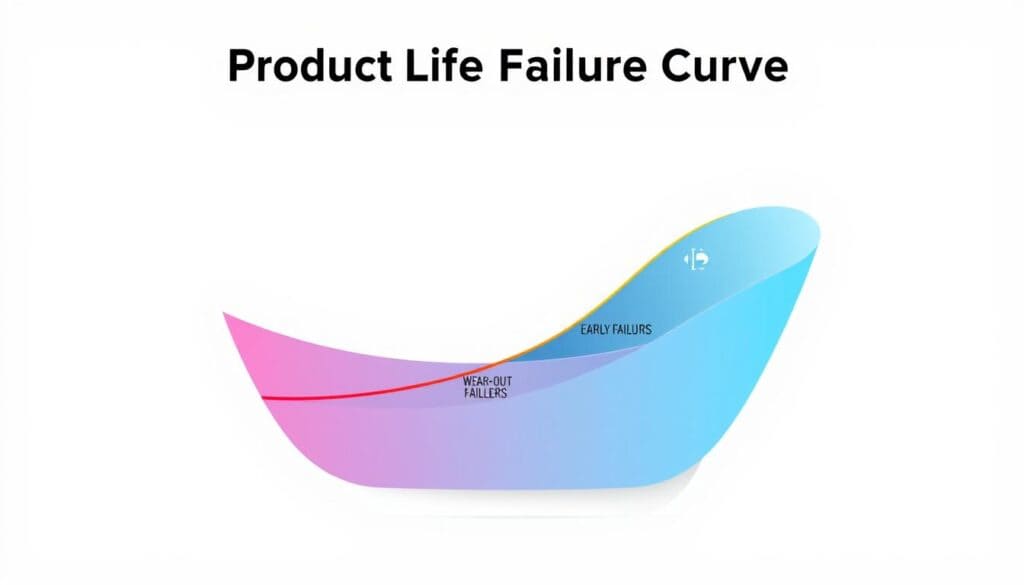
Il est essentiel de connaître la phase de vie d'un produit. Elle permet de décider de l'action à entreprendre. Au cours de la la mortalité infantile l'accent est mis sur la correction des bogues et les tests. Sauter la maintenance préventive à ce stade peut entraîner d'autres problèmes.
Dans le période de vie normaleLe recours à la maintenance préventive permet d'assurer le bon fonctionnement de l'entreprise et d'éviter les temps d'arrêt. Dans les période d'usureAvec le temps, il devient de plus en plus important de résoudre les problèmes. En effet, les défaillances sont plus fréquentes.
Pour analyser les données relatives à la vie, les experts utilisent différentes méthodes. Celles-ci comprennent la représentation graphique des probabilités et diverses techniques de régression. La distribution de Weibull est un choix courant pour cette analyse. Elle se présente sous plusieurs formes en fonction des données et des informations nécessaires.
| Méthodes d'analyse des données de la vie | Distributions communes | Estimation des paramètres | Résultats |
|---|---|---|---|
| Tracé des probabilités | Weibull | Tracé des probabilités | Fiabilité dans le temps |
| Régression des rangs sur X (RRX) | Exponentiel | Régression des rangs sur X (RRX) | Probabilité de défaillance en fonction du temps |
| Régression des rangs sur Y (RRY) | Lognormal | Régression des rangs sur Y (RRY) | Durée de vie moyenne (MTTF ou MTBF) |
| Estimation du maximum de vraisemblance (EMV) | Normal | Estimation du maximum de vraisemblance (EMV) | Taux d'échec |
Gestion de la maintenance combine des capteurs et des outils numériques pour une meilleure gestion des actifs. Les courbe de défaillance de la durée de vie du produit aide les organisations à réduire leurs coûts tout en améliorant leurs performances. Pour ce faire, elle s'appuie sur de bonnes prédiction des défaillances et de faire des choix judicieux à l'avance.
Utilisation de la courbe de défaillance de la durée de vie du produit pour la maintenance prédictive
L'ajout de la courbe de défaillance de la durée de vie du produit aux plans de maintenance prédictive offre une grande valeur pour la gestion de la fiabilité. Souvent appelée courbe en baignoire, elle indique trois étapes clés de la vie d'un produit. Savoir dans quelle phase se trouve un produit permet de planifier la maintenance, d'éviter les pannes soudaines et de prolonger la durée de vie de l'équipement. Ces informations sont essentielles pour assurer une maintenance en temps voulu et réduire les temps d'arrêt.
L'attention portée à la maintenance augmente au cours de la période d'usure. En effet, c'est à ce moment-là que les défaillances de produits sont les plus probables. Grâce à la surveillance basée sur l'état et à l'analyse des données en temps réel, les entreprises peuvent comprendre l'état de santé d'un actif. L'utilisation de la courbe en baignoire pour l'analyse prédictive permet de planifier la maintenance à l'avance. Cela permet d'éviter des arrêts coûteux, de rendre l'utilisation des ressources plus efficace, de réduire les coûts de maintenance et de maintenir la fiabilité des équipements.
La courbe P-F est un élément clé de la maintenance prédictive. Elle indique le temps qui s'écoule entre la défaillance potentielle (P) et la défaillance fonctionnelle (F). Elle permet de détecter l'usure précoce et d'éviter les pannes totales. Des méthodes telles que l'analyse des lubrifiants, l'étude des vibrations et l'établissement de tendances pour les paramètres du processus permettent d'étendre l'intervalle P-F et de stimuler la maintenance. Des mises à jour régulières de cette courbe, avec l'aide de logiciels de maintenance et de suivi, améliorent les stratégies de fiabilité. Elles améliorent également l'efficacité et prolongent la durée de vie des actifs.
Lectures et méthodes complémentaires
Ingénierie de la fiabilité : Techniques visant à améliorer la fiabilité des produits et à prolonger leur durée de vie.
Stratégies de maintenance préventive : Méthodes de programmation et de mise en œuvre de la maintenance pour prévenir les défaillances.
Analyse des modes de défaillance et de leurs effets (AMDE) : Approche systématique de l'identification des modes de défaillance potentiels et de leur impact.
Analyse des causes profondes (RCA) : Techniques permettant d'identifier les causes sous-jacentes des défaillances de produits.
Gestion de la qualité totale (TQM) : Approche globale de l'amélioration de la qualité et de la performance des produits.
- Conception pour la fiabilité (DfR) : Stratégies d'intégration de la fiabilité dans le processus de conception des produits.
- Contrôle statistique des processus (SPC) : Utilisation de méthodes statistiques pour surveiller et contrôler les processus de production.
- Analyse des coûts du cycle de vie (ACV) : Évaluation du coût total de la propriété tout au long du cycle de vie du produit. cycle de vie du produit.
- Essais de durée de vie accélérés (ALT) : Méthodes de simulation et d'analyse de la durée de vie d'un produit dans des conditions extrêmes.
Maintenance conditionnelle et prédictive : Technologies et techniques de surveillance de l'état des produits et...
Vous avez lu 78% de l'article. Le reste est destiné à notre communauté. Vous êtes déjà membre ? Se connecter
(et aussi pour protéger notre contenu original contre les robots d'indexation)
Communauté mondiale de l'innovation
Se connecter ou s'inscrire (100% gratuit)
Voir la suite de cet article et tous les contenus et outils réservés aux membres.
Uniquement de vrais ingénieurs, fabricants, concepteurs et professionnels du marketing.
Pas de bot, pas de hater, pas de spammer.
FAQ
Qu'est-ce que la courbe d'échec de la durée de vie d'un produit ?
La courbe de défaillance de la durée de vie du produit est représentée par la courbe en baignoire. Il s'agit d'un outil clé de l'ingénierie de la fiabilité. Elle montre comment le taux de défaillance d'un produit évolue dans le temps. Elle met en évidence les défaillances dues à des défauts de fabrication, à l'utilisation ou au vieillissement.
Comment la courbe des baignoires est-elle structurée ?
La courbe en baignoire présente trois phases clés : la mortalité infantile, la durée de vie normale et l'usure. Chaque phase a son propre taux de défaillance et ses propres causes. Cela permet d'élaborer des stratégies de maintenance et des plans de fiabilité.
Que se passe-t-il pendant la période de mortalité infantile ?
Pendant la période de mortalité infantile, les défaillances sont élevées mais diminuent avec le temps. Cette diminution est due au fait que les défauts sont corrigés. Les problèmes proviennent généralement de mauvais matériaux, d'erreurs de conception et d'installation.
En quoi la période de vie normale est-elle différente ?
La période de vie normale se caractérise par un taux de défaillance faible et régulier. Elle se caractérise par une utilisation régulière et peu de pannes. C'est le meilleur moment pour effectuer un entretien préventif afin de maintenir un bon fonctionnement.
Qu'est-ce qui définit la période d'usure ?
La période d'usure est marquée par un plus grand nombre de défaillances car les pièces vieillissent. La maintenance prédictive est essentielle à cet égard. Elle permet de gérer le risque de défaillance. Cela permet d'optimiser les réparations et les remplacements.
Pourquoi la courbe en baignoire est-elle importante pour la prédiction des défaillances ?
La courbe en baignoire est essentielle pour prévoir les échecs. Elle indique où en est un produit dans sa vie. Cette connaissance permet de planifier la maintenance ou de résoudre les problèmes à un stade précoce. Cela permet de réduire les temps d'arrêt et les coûts.
Quels sont les avantages de l'utilisation de la courbe de défaillance de la durée de vie du produit dans le cadre de la maintenance prédictive ?
La courbe contribue à la maintenance prédictive en la programmant au plus juste. Elle permet d'éviter les pannes imprévues et de prolonger la durée de vie des équipements. Elle rend également la maintenance plus efficace. La fiabilité s'en trouve renforcée et les actifs continuent de fonctionner.
Liens externes sur la fiabilité des produits et la garantie légale
Normes internationales
(survolez le lien pour voir notre description du contenu)
Glossaire des termes utilisés
Design for Reliability (DfR): une approche systématique du développement de produits qui met l'accent sur la fiabilité tout au long du processus de conception, en intégrant des techniques permettant d'identifier et d'atténuer les modes de défaillance potentiels, garantissant des performances et une longévité constantes dans les environnements opérationnels.
Failure Mode and Effects Analysis (FMEA): une méthode systématique permettant d'évaluer les modes de défaillance potentiels au sein d'un système, d'un processus ou d'un produit, d'évaluer leurs effets sur les performances et de hiérarchiser les risques afin d'améliorer la fiabilité et la sécurité grâce à des actions correctives.
Life Cycle Assessment (LCA): une analyse systématique des impacts environnementaux associés à toutes les étapes de la vie d'un produit, depuis l'extraction des matières premières jusqu'à la production, l'utilisation et l'élimination, visant à identifier les opportunités d'amélioration et à éclairer la prise de décision.
Mean Time Between Failures (MTBF): Temps moyen écoulé entre deux pannes consécutives d'un système ou d'un composant en fonctionnement, généralement mesuré en heures. Il est utilisé comme indicateur de fiabilité pour évaluer les performances et les besoins de maintenance des équipements.
Statistical Process Control (SPC): une méthode de contrôle de la qualité qui utilise des techniques statistiques pour surveiller et contrôler un processus, garantissant qu'il fonctionne à son plein potentiel en identifiant les variations et en maintenant une production cohérente dans des limites spécifiées.
Total quality management (TQM): a management approach focused on long-term success through customer satisfaction, involving all members of an organization in continuous improvement of processes, products, and services to enhance quality and performance.
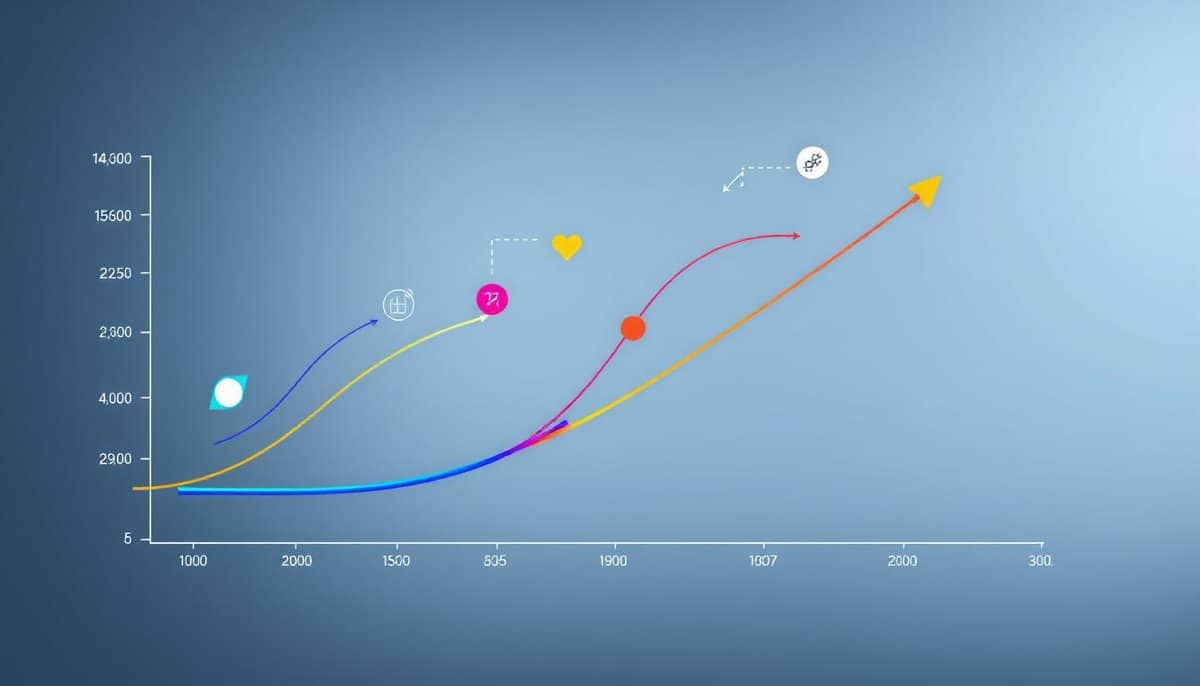



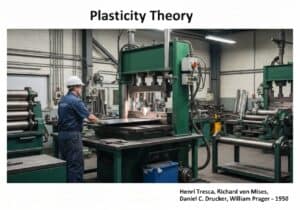




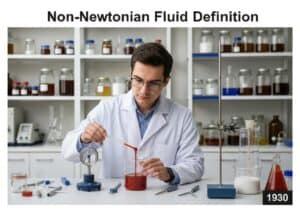



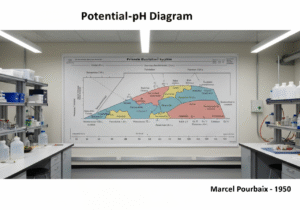

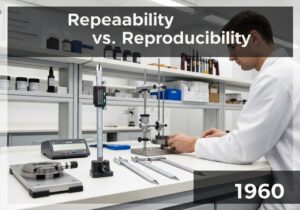

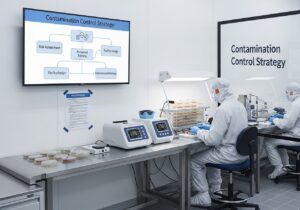

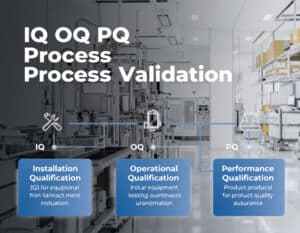





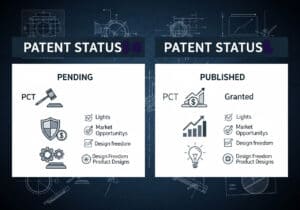

Lecture intéressante. La durée de vie normale d'un produit varie-t-elle de manière significative en fonction du contrôle de la qualité effectué par le fabricant ?
En effet, le contrôle de la qualité est essentiel. Un mauvais contrôle de la qualité peut réduire considérablement la durée de vie d'un produit.
La courbe de la baignoire ne semble-t-elle pas trop simpliste ? Les produits du monde réel s'écartent souvent de ce modèle idéalisé, n'est-ce pas ? Des idées ?
C'est vrai, mais tout modèle n'est-il pas entaché de simplifications ? La courbe de la baignoire ne fait pas exception.
Les commentaires sont fermés.